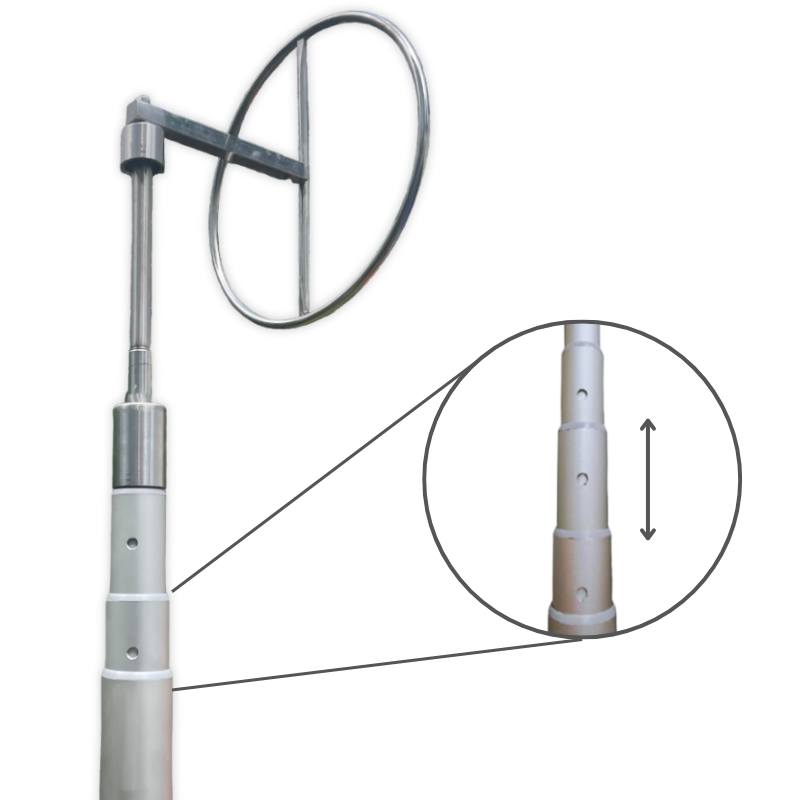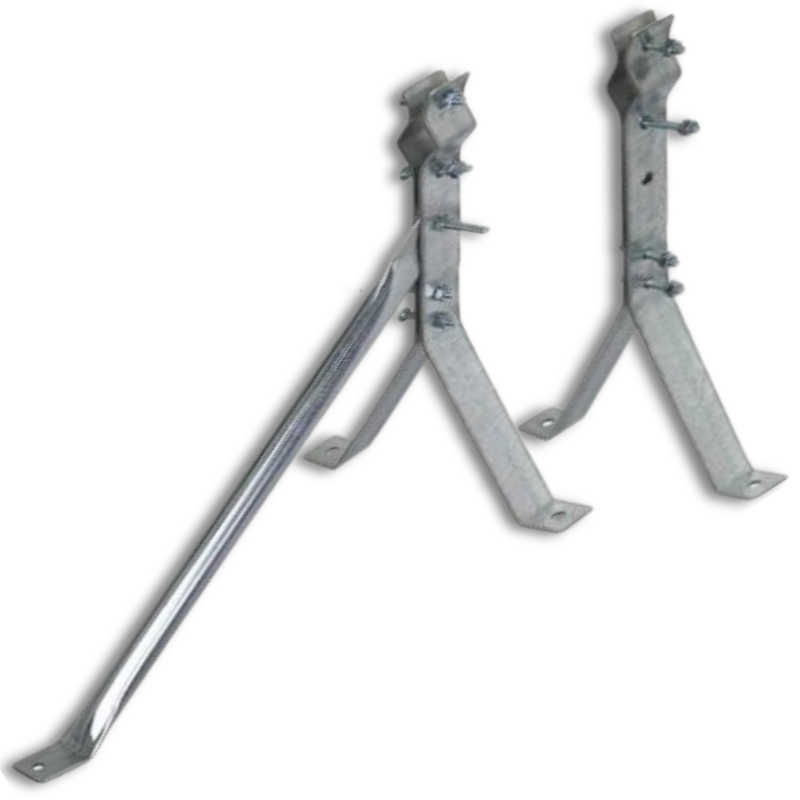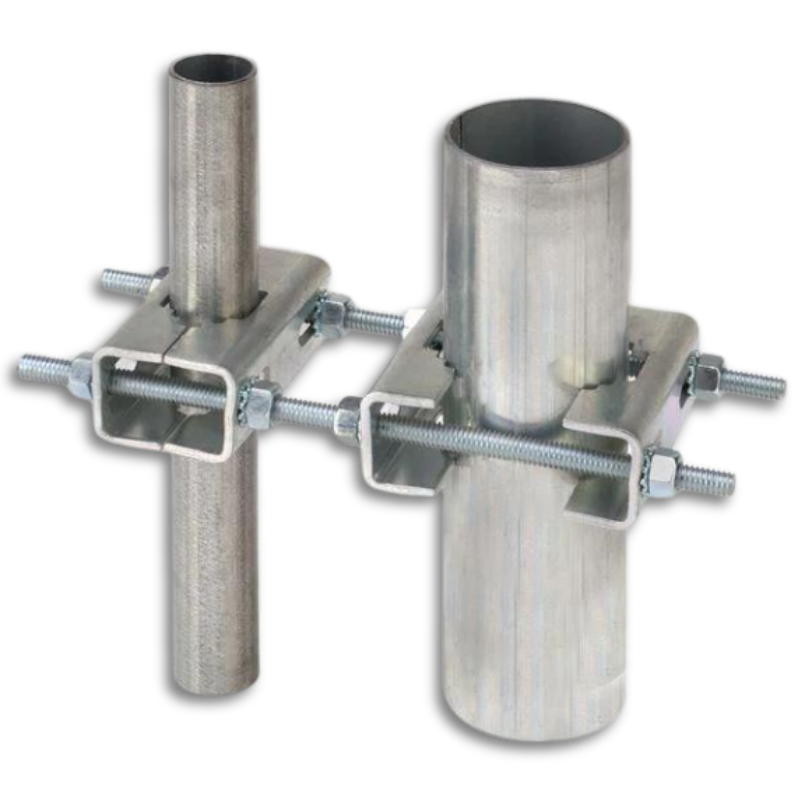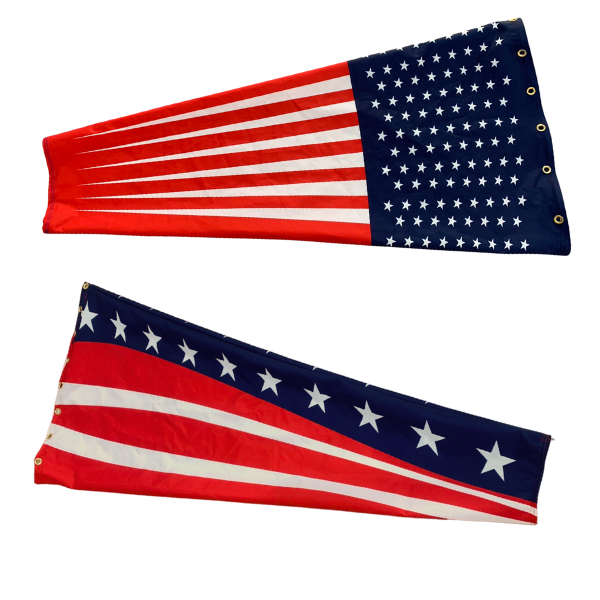Windspeed and Wind Direction and its Impact on Skydiving
Skydiving has always seemed like a very risky and extreme activity. My mom always said I couldn’t dare do it while she was alive and breathing! In reality, if conditions are good and the weather is on your side, the risks are quite low. It is when the weather conditions change that the risks of injury or fatality become greatly compounded.
Its very common that skydive sessions are put on hold due to weather. Even if the day looks beautiful, there are several factors that can affect your next dive.
That’s why its so important to be aware of the air around you. Its currents, the turbulence you may face, and the direction of the winds acting around you. Wind can come from any direction and that can have an unpredictable effect on the dive. When wind travels over obstacles, it creates wind vortices that cause turbulence. If the wind is traveling over a smooth surface for a greater distance, the chance of turbulence is a lot less. Turbulence is extremely dangerous. If a skydiver gets caught in a downward flow of air, it can accelerate the parachutist towards the ground and can result in injury or death. Even if the wind is less than the wind limit on a particular day, if wind is known to be coming over any obstacles, your dive may be canceled as a stricter wind limit would be enforced for safety.
Modern square parachutes have a 20 mph forward speed that allows the skydiver a lot of maneuverability. If there is no wind, a diver with his parachute undone, can go 20 mph in any direction they like. If the wind is blowing, the speed and direction must be considered when attempting to land in the designated landing area. A gust of wind can push the parachute in a direction that was unintended.
Skydivers learn a skill called spotting. It allows the diver to pick out the optimal location on the ground that takes advantage of the windspeed and direction to help the diver get back to the landing zone. Skydivers often use windsocks to help them spot the best place for a jump.
United States Parachute Association has specific guidelines on wind conditions for skydiving and its important to find out if your skydiving center is following these guidelines.
How do I Know When Winds are too High to Dive?
An Anemometer – An anemometer is a drive that measures windspeed. It’s a handheld instrument that reads windspeed and gusts and is commonly used at skydiving facilities to determine if its safe to go.
Automated Weather Observation System – There is a service provided by airports in surrounding areas that can tell you the most current weather report including information on winds.
Life Experience – The School of Hard Knocks, don't knock it. An experienced diver will know the surrounding obstacles, tree, mountains etc.. and will be able to make a judgement call on how high the turbulence will be and whether it is safe to go. They will be skilled at spotting and at determining the safety of the situation. Trust them!
A Windsock - A great way to understand if the conditions are ripe to take a dive is to look to your windsock. Windsocks can tell you the approximate windspeed and the direction of the wind depending on the direction it is blowing and how much of the sock is inflated. Check out this article to find out exactly how to read a windsock!
We frequently make custom windsocks for skydiving facilities across the united states. If you are interested in purchasing a custom-made windsock to show off the branding of your skydiving center, you can contact us anytime.
Contact us for a quote or for customer service at 1-833-786-1035 or info@custom-windsocks.com to speak to our customer service representative and rest assured that we will be able to help you.
Photo by Kamil Pietrzak on Unsplash

















